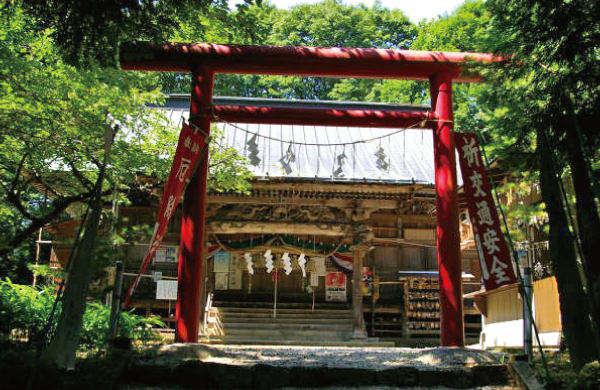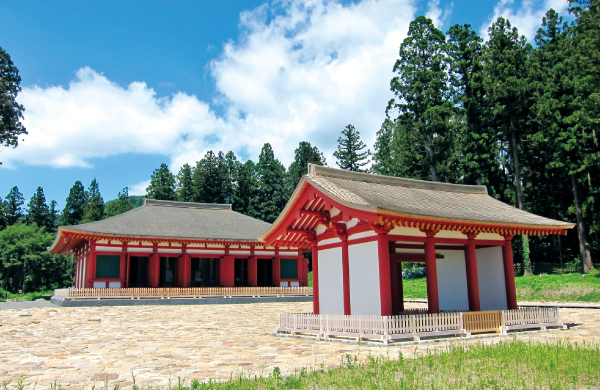- The Earliest People Revealed Through Archaeological Sites
Around Mt. Bandai, there are archaeological sites such as the Sasayamahara Ruins, dating back to the early Late Paleolithic period (approximately 30,000–25,000 years ago), and the Hosyojiri Ruins (Area I 58) from the Middle Jomon period (approximately 5,000 years ago).
The Sasayamahara Ruins are the oldest in Aizu, while the Hosejiri Ruins are a large settlement site comparable to the famous Sannai-Maruyama Ruins in Aomori Prefecture, with numerous artifacts unearthed.
Both sites are located within the distribution of the rock avalanche deposits from Mt. Bandai eruption 50,000 years ago, with Lake Inawashiro, created by the avalanche, nearby. The flow-mound landscape and Lake Inawashiro likely provided ideal conditions for a hunting and gathering lifestyle. It could be said that the volcanic activity of Bandai San gave rise to the people of Aizu.
- The Sacred Bandai San and Its Spiritual Significance
Since ancient times, Mt. Bandai has been revered as a sacred mountain believed to house deities. Around 270 CE, Bandai Myojin was enshrined at its summit, making the mountain a focal point of mountain worship. Its majestic, towering appearance was likened to “a rocky ladder (iwa-hashi) to the heavens,” and it was historically known as Iwahashiyama. The Iwahashi Shrine was also established to honor this sacred connection.
Additionally, Hoshina Masayuki, the first lord of the Aizu domain and a master of Shinto esotericism, chose the foot of Mt. Bandai as his eternal resting place. He left a will requesting the construction of his tomb and shrine, which led to the creation of Hanitsu Shrine (Area H51) as a symbol of prosperity and continuity for Aizu.
Aizu is considered one of Japan’s “Buddhist capitals,” alongside Nara, Kyoto, Kamakura, and Hiraizumi. The foundation for this flourishing Buddhist culture was laid 1,200 years ago by the monk Tokuitsu, who founded Enichiji Temple. Tokuitsu, a prominent scholar of the Hossō sect in Nara and a rival of Saichō in Buddhist debates, left Nara in pursuit of ideal Buddhist teachings and traveled east to Aizu. There, he established Enichiji Temple at Bandai Town, a site overlooking the Aizu Basin and the sacred Mt. Bandai. The temple became one of the greatest monastic centers in eastern Japan.


- Mt. Bandai and Its People in Modern Times
In Aizu, when people mention “war,” they are often referring not to World War II but to the Boshin War during the Meiji Restoration (surprised?). Even earlier, the Battle of Suriagehara during the Sengoku period (Area G46) also took place around Mt. Bandai. Another significant historical event in this region was the great eruption of Mt. Bandai in the Meiji era. The designation of Bandai-Asahi National Park in 1950 marked a major turning point in the region’s history. This event brought significant changes to the lives of the people and connected the area to the modern era. Looking ahead, further development of the Bandai-san Geopark will undoubtedly lead this region toward a brighter future.
